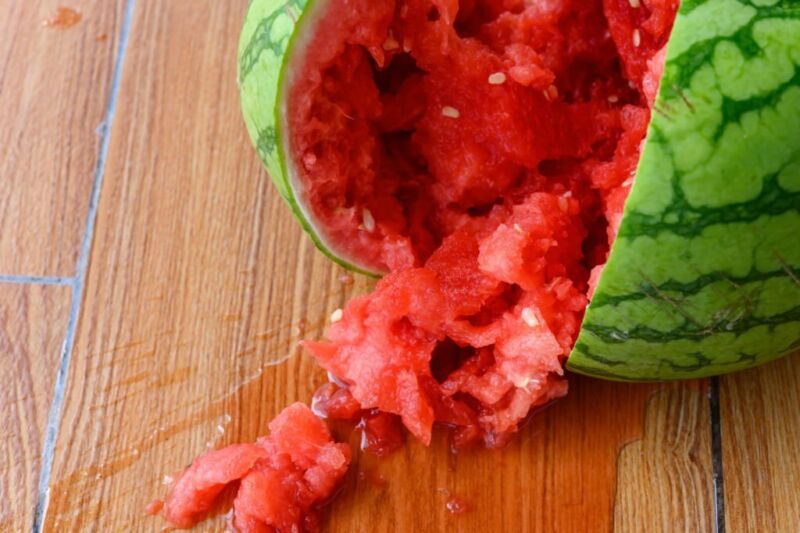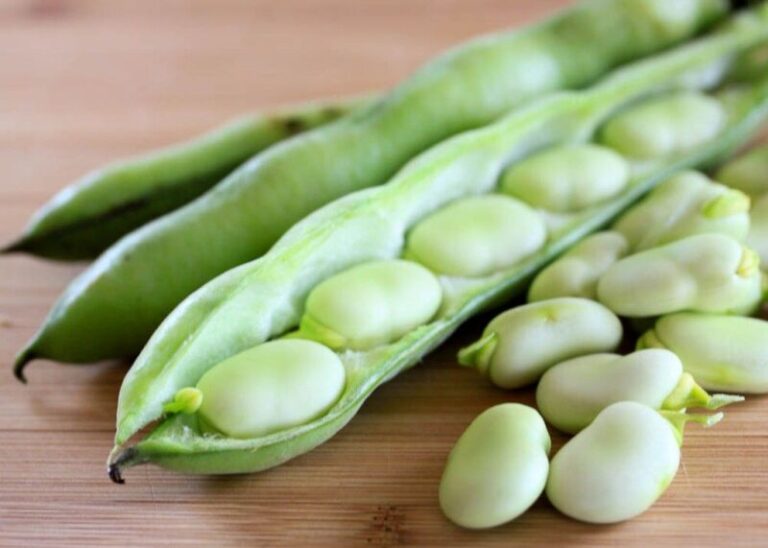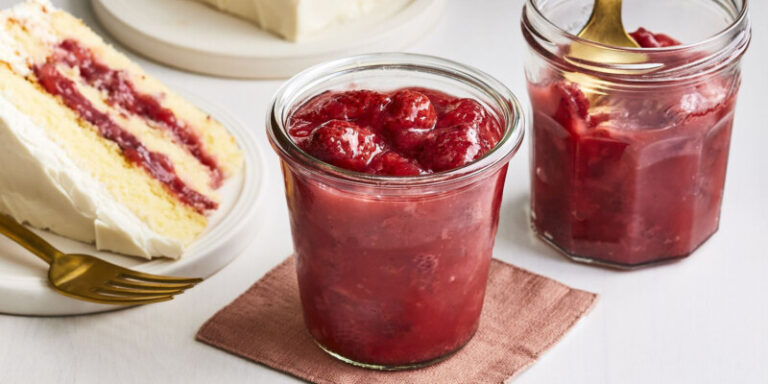Why is My Watermelon Mushy?
Nothing is more refreshing on a hot summer day than biting into a sweet, juicy watermelon. But cutting open your melon only to find the insides are mushy and unappetizing can really put a damper on things. If you’ve ever experienced the disappointment of a mushy watermelon, you likely wondered why is my watermelon mushy and if it’s still safe to eat.
In this article, I’ll cover the most common reasons behind mushy watermelon texture so you can learn how to prevent it in the future. I’ll also discuss whether mushy watermelon is safe for consumption and how you can salvage mushy fruit. By the end, you’ll be a mushy melon expert!
What Causes Watermelons to Get Mushy?
A watermelon’s texture is affected by many factors during growth, harvest, storage, and handling. Here are some of the most common culprits behind mushy watermelon flesh:
Overripeness
Just like other fruits, watermelons become softer and more prone to mushiness as they ripen. An overripe watermelon will have a dulled rind with patchy coloring rather than a shiny, uniform appearance. The underside may turn more yellow instead of creamy white or yellow.
When you press on an overripe melon, your finger will leave an indentation instead of bouncing back. An overripe watermelon also gives a muffled sound instead of a hollow thump when tapped. Leaving melons on the vine too long is a prime cause of mushy overripened fruit.
Improper Storage
How you store a watermelon after harvesting can directly impact its texture. Leaving whole watermelons at room temperature will hasten ripening and flesh breakdown. The optimal storage for uncut, whole watermelons is in a cool basement or cellar for 2-3 weeks.
Once a melon is cut open, it needs to be stored properly to prevent the exposed flesh from getting mushy. Cut watermelon should always be refrigerated in an airtight container. It will keep for 3-5 days before the texture declines. Allowing cut fruit to sit at room temperature or get hot (like outdoor picnic settings) will quickly lead to mushiness.
Diseases and Pests
Certain diseases that affect watermelon plants can lead to mushy fruit. For example, gummy stem blight causes water-soaked lesions on the rind that later turn soft and mushy. Inside, the flesh develops mushy spots or ooze. Other diseases like anthracnose, root rot, and vine decline can also result in mushy melons.
Insect pests are another issue. Melons damaged by fruit flies, cucumber beetles, mites, or other insects often develop mushy spots or tunnels in the flesh. Check for small puncture wounds, wet spots, and oozing to identify pest damage.
Rough Handling
Watermelons don’t take well to rough treatment! Dropping melons or jostling them around can lead to ugly bruises, impact spots, or cracks in the delicate rind. This physical damage translates to mushy, mealy spots inside.
To prevent this, watermelons should always be handled carefully during transport from the field and storage. Don’t overstack melons, which puts pressure on the ones underneath. Cushioning melons in transit helps minimize compression damage.
Heat Exposure
Heat is a surefire way to ruin the crisp, juicy texture that makes watermelon so enjoyable. Leaving melons sitting in direct sun after harvest can start to break down the inner flesh and make it mushy. This is accelerated once the rind is cut open.
To prevent heat-induced mushiness, keep harvested watermelons shaded until it’s time to cut and serve them. If serving cut melon outdoors in hot weather, keep the pieces covered and chilled until eaten.
Is Mushy Watermelon Safe to Eat?
Finding an unpleasant, mushy texture in your watermelon is a bummer. But the next question is – can you eat mushy watermelon or should you be worried about getting sick from it?
Here’s the deal – a mushy watermelon isn’t necessarily unsafe. However, some types of spoilage that lead to mushiness like mold, bacteria, and yeast can make the melon unfit to eat.
Before consuming a mushy watermelon, check it carefully for signs of spoilage:
- Look closely at the flesh and rind for mold. This may appear fuzzy or have a different color than the melon.
- Give the watermelon a sniff test. Does it have a distinctly unpleasant, fruity, or alcoholic smell? This can indicate overripeness or fermentation.
- Taste a small bite. If it tastes noticeably bad, bitter, or “off”, don’t eat any more.
If the mushy melon passes these safety tests, it should be fine to eat. While the texture might not be crisp and refreshing, the flavor is likely still good. Just be ready for a soft mealy bite!
However, if you detect mold, funky smells, or bad taste, it’s best to discard the watermelon. Consuming spoiled, mushy watermelon can potentially cause foodborne illness.
What To Do With Mushy Watermelon
Okay, so you cut into a watermelon and find it disappointingly mushy. But it seems to pass the safety tests. Before you throw the melon out, here are some ways to make use of mushy watermelon and avoid food waste:
- Watermelon smoothie – Blend up the mushy melon with yogurt, fruit juice, and ice for smoothies. The unappealing texture won’t matter in drink form.
- Juice it – Watery, mushy watermelon can actually make great juice. Just strain out the pulp. Consider adding other fruit juices and sweeteners to improve the flavor.
- Watermelon ice pops – Puree the melon and pour into popsicle molds for a cool, sweet frozen treat. Kids will love it!
- Fruit salad – If just parts of the melon are affected, you can cut away the good flesh to use in fruit salads. The other ingredients help mask the texture.
- Compost – When all else fails, toss the mushy melon into a compost bin. The nutrients will be returned to the soil to grow tastier melons next year!
How to Prevent Mushy Watermelons
Now that you know why watermelons get mushy and what to do about it, let’s talk prevention. Here are some tips to help you avoid disappointing mushy melons:
- Pick firmer melons – When selecting watermelons from the store or farmer’s market, choose harder, heavier fruits. Avoid melons with indented rinds or dull colors.
- Harvest at ideal ripeness -If growing your own, don’t allow melons to stay on the vines past peak ripeness. Check ripeness indicators like dried tendrils and yellow underside.
- Handle with care – Be gentle transporting and storing watermelons. Cushion them to prevent compression damage.
- Store properly – Keep whole melons in a cool basement or cellar. Refrigerate cut melons in airtight containers.
- Use quickly – Enjoy cut watermelon within 3-5 days and don’t leave at room temperature more than 2 hours once sliced.
- Check for defects – Inspect melons thoroughly after cutting. Remove any damaged portions and eat the good flesh quickly.
The Bottom Line on Mushy Watermelons
I hope this article helped uncover why you sometimes get a mushy watermelon. While not ideal, mushy texture doesn’t mean the melon is inedible. With proper handling and storage, you can avoid this disappointing outcome. Use caution, check for spoilage, and know how to salvage mushy melons. With some care and strategic melon picking, you’ll be sinking your teeth into perfect, crisp watermelon all season long.






